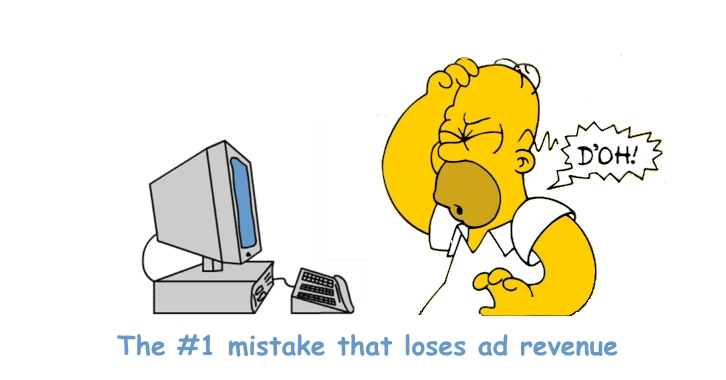Are ad networks misleading publishers about the value of their inventory?
Publishers can evaluate the performance of their demand partners today better than ever before. However, a constant complaint about the programmatic buying process is a lack of transparency between ad networks and publishers. The Guardian’s recent lawsuit against Rubicon brought a lot of attention to the ways ad networks can take advantage of publishers or can skew the value of their inventory.
The supply chain between a publisher and an advertiser is complex, and publishers often lose money along the way. At times, advertisers are paying $1, but publisher only receives $0.40 of it.The rest is dispersed along the supply chain to Demand Side Platforms (DSPs), Exchanges, Data Management Platform, agencies, fraud vendors and other intermediaries. Not only do publishers lose money, they can’t make the best decisions about inventory management because the numbers are skewed (or inaccessible). Biased auctions puts publishers at risk for losing money when competing exchanges bid on inventory. In this instance, the highest bid doesn’t always win.
As publishers, we kissed a lot of frogs in our search for a header bidding solution that provided the level of detail and transparency we wanted. Our search kept coming up short or the companies we partnered with couldn’t deliver what they promised or worse, took advantage of us in the process.
It seemed like ad networks held all the cards with our revenue.
Ad networks often lack transparency

Transparency was the biggest issue. We had no idea how our demand partners behaved. We just had to trust that our ad networks were paying what they were supposed to be paying us and that they were properly flagging fraudulent ad accounts.
If a demand partner wasn’t doing well, we didn’t receive any suggestions on how to improve performance or other opportunities available. Sometimes, you’re “too small” to access certain demand partners even though they would have done well with our inventory.
We tried demand partners, consultants and dozens of other ad specialization companies. It took a lot of time and money. We found that while there is little risk to the demand source, and no risk at all to a consultant, all of the risk is on the publisher.
Finally, we said enough is enough. We hunkered down and used our 20+ years of experience in web/software development to build the tool we needed: PubWise.
PubWise, our SaaS platform, manages the entire header bidding technology for any website(s) including setup, updates and real-time optimizations powered by machine learning and artificial intelligence. On top of that, it provides data analytics that are most valuable to publishers, including eCPMs, fill, revenue, variance, participation, and bidder latency. In addition to making things easier, we also make sure that things are done right. We don’t believe in hidden bidding or manipulated revenue shares, because we know the damage it can cause to a publisher’s revenue. We’re committed to fair auctions and complete transparency because, as publishers, it’s important to us.
Fortunately, other people are starting to take notice and are doing something about it, too.
What’s being done to make ad networks more transparent?
The Internal Advertising Bureau (IAB) Technology Laboratory is in the process of developing an industry-wide standard for header bidding implementation to make things more consistent across the board. According to a press release issued by IAB, “The document provides insights into best practices that help standardize how header tags and containers interact with ad servers…[it] addresses the steps needed to integrate a yield management strategy with specification related to line-item setup, employing header tag technology with an ad server, and reporting and discrepancy.”
As the header bidding industry continues to evolve, third party header bidding providers will have little choice but to abide by publisher demands for transparency and completely fair auctions. Until we arrive at a place where the ad tech industry embraces accessibility, it’s imperative for publishers to know the strengths and limitations found within the space to arrive at a header bidding solution that works best with their sites. It is our hope that more companies recognize publisher concerns and shape their service offering to truly help the clients who hire them.
